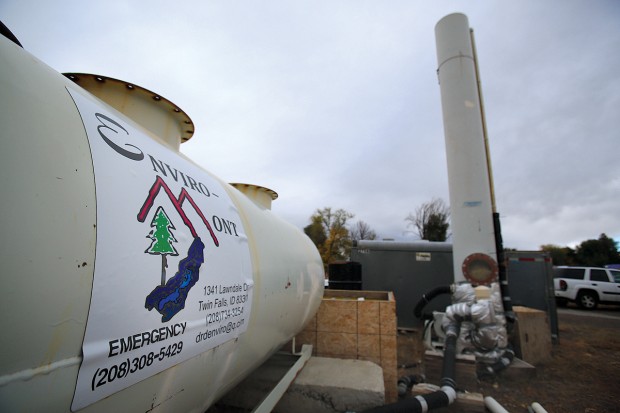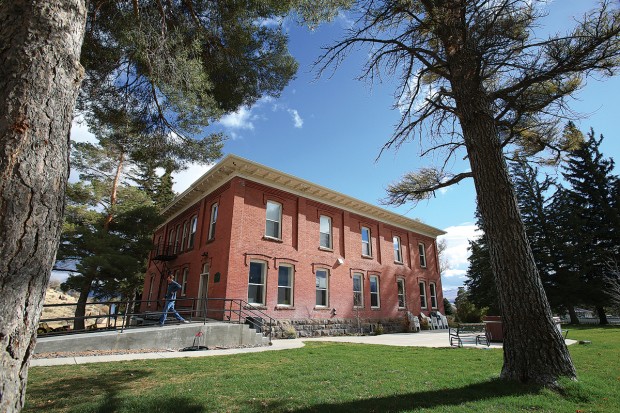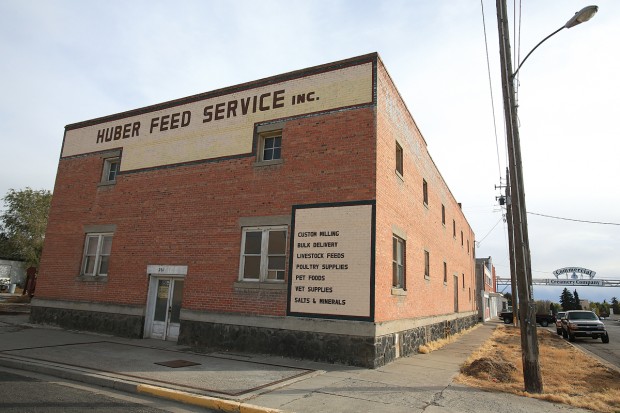In January 2012, USDA launched its Energy Web site (
http://www.usda.gov/wps/portal/usda/usdahome?navid=ENERGY) . The site
contains agricultural, economic, and social data on renewable energy to
assist stakeholders, public users, state and local government in
identifying opportunities, activities and USDA’s projects in renewable
energy. The Energy Web information is available through several associated
online tools, such as USDA Energy Investment Maps, the Renewable Energy
Tool, Energy Matrix, Investment Projects Reports, as well as helpful state
links to energy resources within individual states.
Last week, USDA launched an updated version of the Energy Web site. Thanks
to suggestions from their users this version 2.0 site will provide new
resources; new reporting features and the investment data is current thru
August 2012.
Some of the enhanced features of USDA’s Energy Web include:
Energy Investment Maps: The USDA Energy Investments Map contains
information regarding USDA programs that provide assistance to renewable
energy and energy efficiency projects. The maps display investment
location, type of energy investment, amount of assistance provided and the
administering USDA program. The energy investment data is summarized by
state, county and congressional districts to display total number of
investments and total dollar amounts obligated by USDA. Recent
enhancements are: investment data has been updated to include fiscal year
2012 data, the map legend and data layer, previously designed to toggle
between two screens, were combined for easier operation and fast results.
The map description has placed in a separate pop up window “About this Map”
to visually enhance the Energy Investment map and also supports efficiency.
Energy Investment Report: (formerly named USDA Special Projects Report)
this page in the past provided information on three of USDA’s special
initiatives: investments in anaerobic digesters; flexible fuel pumps; and
wood to energy projects. Enhancements: the new Investment Projects Report
page enables user access to all energy technologies data that are
associated with the Energy Investment Map. The data can be sorted by
program, year of obligation, payment type, total dollar amounts and
state/county/district, providing various project details. There are pie
charts, graphs and report listing to emphasize investment data. Another
new feature is the ability to print screen reports, and the data can also
be exported in various formats.
Renewable Energy Tool: The vision of the Tool is to identify assist
stakeholders identify “renewable energy opportunities” by providing access
to agricultural, economic, social, and technical data and information
resources that are relevant to the evaluation of potential opportunities.
Recent enhancements include adding easy access links to a number of tools
available across USDA agencies with information “pop-ups” describing tool.
Next year’s enhancements for the mapping feature of the Renewable Energy
Tool will include types of data and information that is available include
but not be limited to: land use for producing biomass and energy crops,
cost to produce crops alternative crops, competition for biomass, fuel
stations, state and federal policy, USDA guidelines for and financial
assistance, and state and federal office locations for agriculture, energy,
environmental protection, and conservation. Initially the focus is
transportation fuels.



